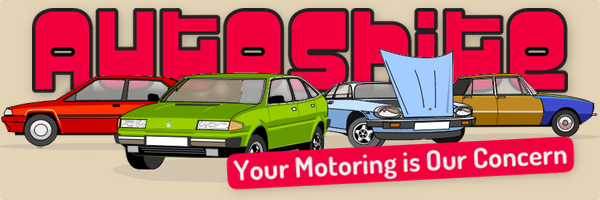Request for a teach-in on piston engine performance
-
Similar Content
-
VW part request help…
By JJ0063,
- 8 replies
- 545 views
-
Which engine? 1 2 3
By Six-cylinder,
- 76 replies
- 3,586 views
-
Weird engines 1 2 3 4
By Peter C,
- 100 replies
- 3,970 views
-
‘72 Fiat 500 Abarthish, as requested. 1 2
By motorpunk,
- 53 replies
- 2,029 views
-
Cars where performing a task that's normally a total pain in the arse is actually a piece of piss. 1 2
By warren t claim,
- 47 replies
- 2,785 views
-






Recommended Posts
Create an account or sign in to comment
You need to be a member in order to leave a comment
Create an account
Sign up for a new account in our community. It's easy!
Register a new accountSign in
Already have an account? Sign in here.
Sign In Now